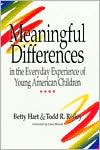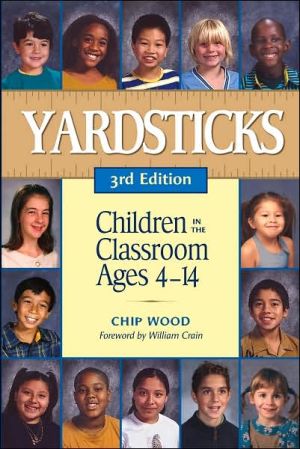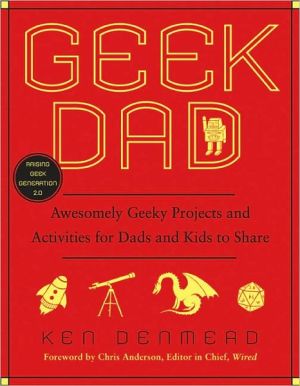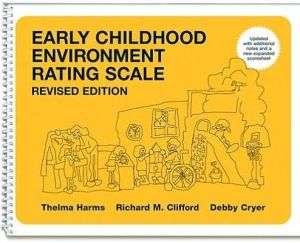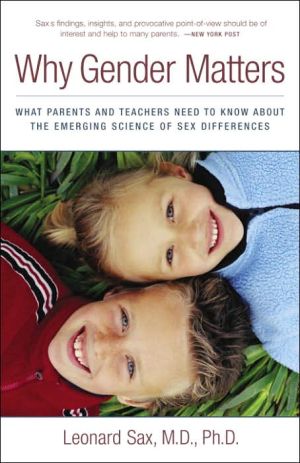Meaningful Differences in the Everyday Experience of Young American Children
Meaningful Differences establishes a scientifically substantiated link between children's early family experience and their later intellectual growth - a link that exists regardless of a child's race. This compelling story describes the authors' years of research as they search for the roots of intellectual disparity. Hart and Risley examined the daily lives of 1- and 2-year-old children in typical American families. They found staggering contrasts at the extremes of advantage - and within...
Search in google:
Meaningful Differences establishes a scientifically substantiated link between children's early family experience and their later intellectual growth - a link that exists regardless of a child's race. This compelling story describes the authors' years of research as they search for the roots of intellectual disparity. Hart and Risley examined the daily lives of 1- and 2-year-old children in typical American families. They found staggering contrasts at the extremes of advantage - and within the middle class - in the amount of interaction between parents and children. These differences in the amount of early family experience translate into striking disparities in the children's later vocabulary growth rate, vocabulary use, and IQ test scores - critical measures of an individual's ability to succeed at school and in the workplace. Meaningful Differences, the culmination of Hart and Risley's decades of collaboration, reveals profound effects of environment on development. Booknews Taking on the nature vs. nurture debate, Hart and Risley studied the daily lives of 1- and 2-year-old children in American families of all socioeconomic classes. The families showed huge contrasts in the amount of interaction between parents and children--differences that translated into striking disparities in the children's later vocabulary growth rate, vocabulary use, and IQ scores. The link exists regardless of a child's race, the researchers found, offering an important answer to those such as the controversial authors of The Bell Curve who attribute intelligence to genetics. Annotation c. Book News, Inc., Portland, OR (booknews.com)
ForewordPrefaceAbout the AuthorsAcknowledgments1Intergenerational Transmission of Competence12Sampling Children's Developmental Experience21342 American Families534Everyday Parenting755Quality Features of Language and Interaction956The Early Experience of 42 Typical American Children1197Accomplishments of the 42 Children at Age 3 and Later1418The Importance of the First 3 Years of Family Experience1759Intervention to Equalize Early Experience191References221Appendix A: Quality Features227Appendix B: Figures231Index255
\ BooknewsTaking on the nature vs. nurture debate, Hart and Risley studied the daily lives of 1- and 2-year-old children in American families of all socioeconomic classes. The families showed huge contrasts in the amount of interaction between parents and children--differences that translated into striking disparities in the children's later vocabulary growth rate, vocabulary use, and IQ scores. The link exists regardless of a child's race, the researchers found, offering an important answer to those such as the controversial authors of The Bell Curve who attribute intelligence to genetics. Annotation c. Book News, Inc., Portland, OR (booknews.com)\ \
